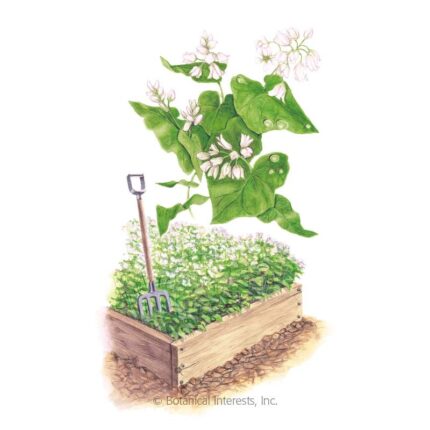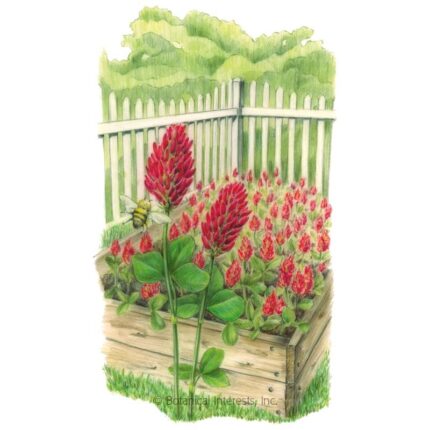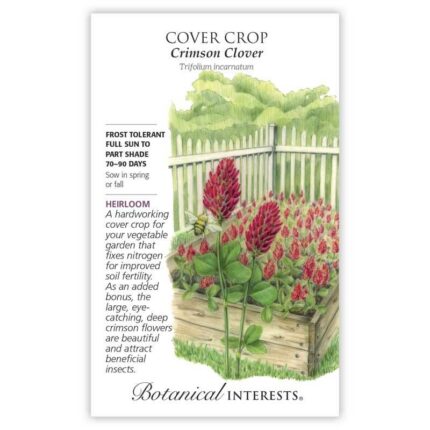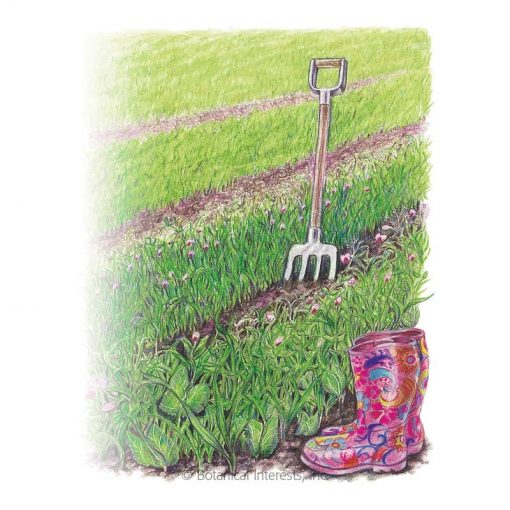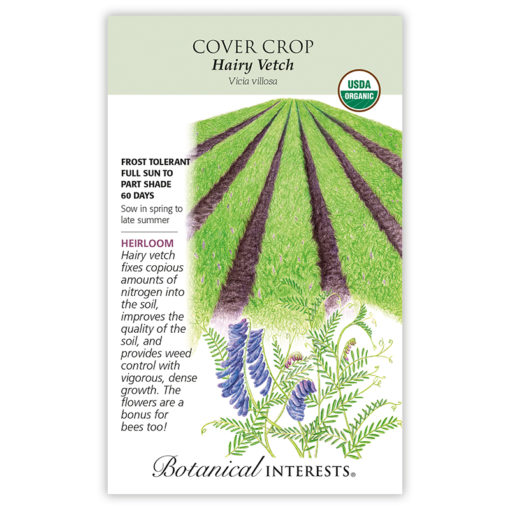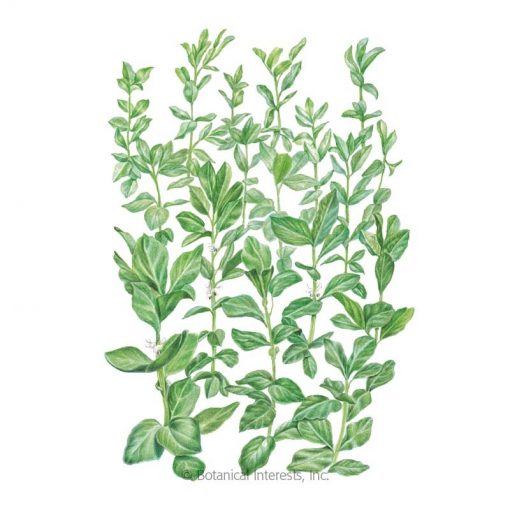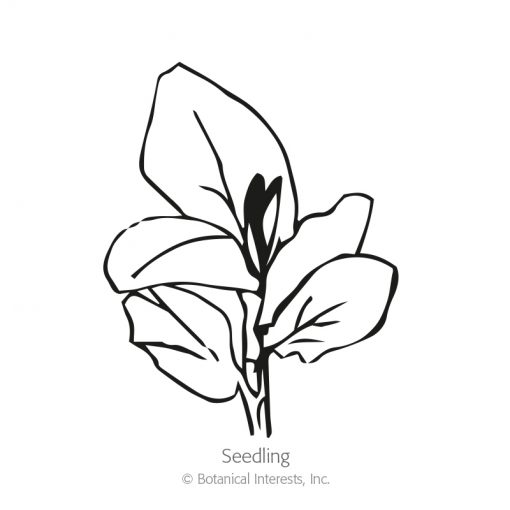Cover Crop
Buckwheat, Common Buckwheat Cover Crop Seeds – Organic, Heirloom
2.100 KDClover, Crimson Clover Cover Crop Seeds
1.700 KDCover Crop, Soil Builder Peas and Oats Cover Crop Seeds – Organic, Heirloom
1.700 KDCover Crop, Hairy Vetch Cover Crop Seeds – Organic, Heirloom
2.100 KDHairy vetch is a hard-working, fast-growing cover crop, adding large amounts of nitrogen into the soil, benefiting the next crop. It grows quickly and densely, smothering and helping to prevent pesky weeds. At the bloom stage, it contributes the most nitrogen and is easiest to incorporate. It biodegrades quickly, needing just a few weeks of rest before sowing your next crop. Usually winter hardy in USDA zones 4 and warmer, resuming growth the following spring. While top growth may be slow in the winter, it acts as a blanket to your soil, preventing erosion from wind or water and the deep roots are still growing, feeding soil organisms, and improving soil structure and water retention. Fairly drought tolerant and also tolerant of temporary flooding.
Weight: 40grams
Fava Bean, Sweet Lorane Improved Fava Bean Cover Crop Seeds – Organic (Large Packet)
2.100 KDFava beans are dual-purpose! As a cover crop, fava beans have one of the highest nitrogen-fixing rates, and the large, deep roots break up even heavy clay and compacted soil. For maximum nitrogen, harvest crop at peak bloom and work back into the soil to increase level of organic material. Seeds can be sown in temperatures as low as 35°F, and plants are very cold hardy. A fast-growing cover crop, sow favas in early spring or fall. Fall-sown seed will produce tall plants but will not produce flowers. CAUTION: People deficient in an enzyme called glucose-6-phosphate dehydrogenase (G6PD) should not handle seeds, consume fava beans, or inhale its pollen.
Weight: 50grams
